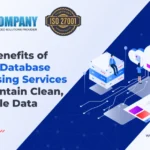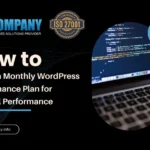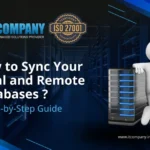
Businesses are continuously looking for new solutions to keep ahead of the competition in the ever-changing technological world. API integration is one option that has transformed how organisations use data. As we approach 2024, the importance of using API integration for predictive analytics has never been higher. In this article, we’ll look at how organisations may use API’s to gain useful insights, make educated decisions, and accelerate growth using predictive analytics.
Predictive analytics employs past data and mathematical models to forecast future occurrences. This implies that firms may not only use the data they already have, but also predict what will happen next.
This brief blog will look at how API integration and predictive analytics work together to give effective business forecasting. We’ll also look at some of the advantages that firms may obtain when they combine these two technologies. Finally, we will offer advice on how to begin with API integration and predictive analytics.
Table of Contents
ToggleAPI Integration Specified

An API (application programming interface) is a collection of rules that determine how one software application interacts with another. When two programmes have a same API, they can interchange data. This data transmission might take place in real time or in near real time.
API Solution is a popular mechanism for various software programmes to exchange data. For example, if you own an eCommerce firm that ships orders through a third-party fulfilment centre, you will most likely need to utilise an API to link your order management system to the fulfilment center’s system. This manner, when a consumer puts an order on your website, the information is instantly delivered to the fulfilment centre, where the staff may begin packaging.
How APIs and Predictive Analytics work together
So, how do APIs and predictive analytics integrate? Consider the following circumstance that organisations encounter every day:
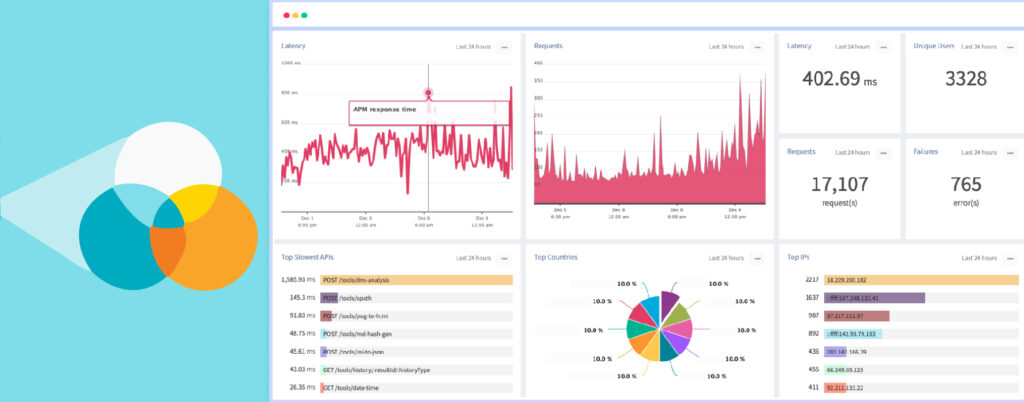
Step 1: Customers engage with a firm in some way, generating data.
When a customer interacts with a business, data is generated. This information can take the shape of a purchase, a review, a customer service conversation, or a variety of other interactions.
Step 2: The data is saved in a database.
This information is then recorded in a database. The database may be on-premises or in the cloud. However, this information is meaningless until used.
Step 3: An API is utilised to obtain data from the database.
An API is used to get data from a database. The API serves as a link between the database and the application that needs to access the data.
The application might be a predictive analytics tool that analyses data to generate models for future events.
Step 4: The insights are used to make better business decisions.
The insights gained from the data are then used to enhance company choices. For example, a retailer may utilise predictive analytics to estimate demand for a certain product. The prediction can then be used to guide inventory decisions.
Benefits of combining APIs with predictive analytics include:
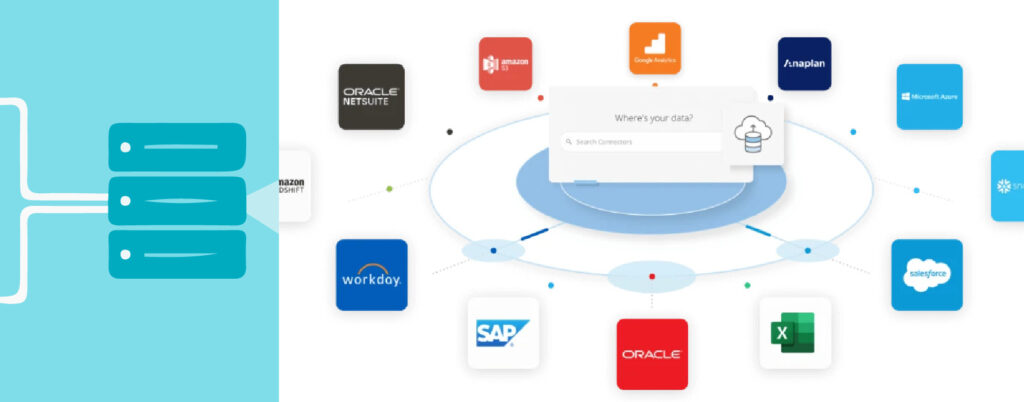
Improved productivity
Businesses can save time by retrieving data from a database via an API rather than manually entering it.
Furthermore, firms with the ability to make predictive analytics-based judgements are frequently able to do so faster and more efficiently.
Improved valuable information
As previously stated, employing an API in combination with predictive analytics can yield insights that are not available with either technology alone.
For example, a company may utilise predictive analytics to identify consumers who are likely to churn. However, if the data used to build the model is out of current, the results will be inaccurate. Businesses that utilise an API to obtain data from a database in real time may ensure that the data used to build their predictive analytics models is always reliable.
Implement your API solution
It’s now time to put your solution into action once you’ve planned it. This will entail putting up the appropriate infrastructure and connecting to your preferred APIs.
If you use a management platform, the procedure will be much simpler. However, if you’re constructing your own solution, you’ll need to put in a bit more work.
Monitor and assess your solution
The last stage is to monitor and assess your solution. This will assist you ensure that it works properly and that you are getting the most out of it.
You should also monitor changes to the APIs you use. As new versions become available, you must ensure that your solution remains compatible.
Conclusion
Finally, the integration of APIs for predictive analytics in 2024 is a watershed point for firms looking to thrive in a data-driven future. Organizations that leverage the potential of API integration may unleash a treasure mine of data, simplify processes, and drive innovation like never before. API integration will continue to play a critical role in creating the future of predictive analytics, allowing organizations to remain flexible, and make better decisions, for years.
Choose an API provider and then link your data sources to your analysis or reporting application. You should pick an API provider with a comprehensive, well-documented API. This will make it easy to configure your integration and prevent problems.
An API strategy is a high-level plan for leveraging APIs to achieve organisational goals like digital transformation. As businesses build a digital strategy, they realise that APIs frequently play an important part in many aspects of their operations, serving as a platform for digital goods and initiatives.

